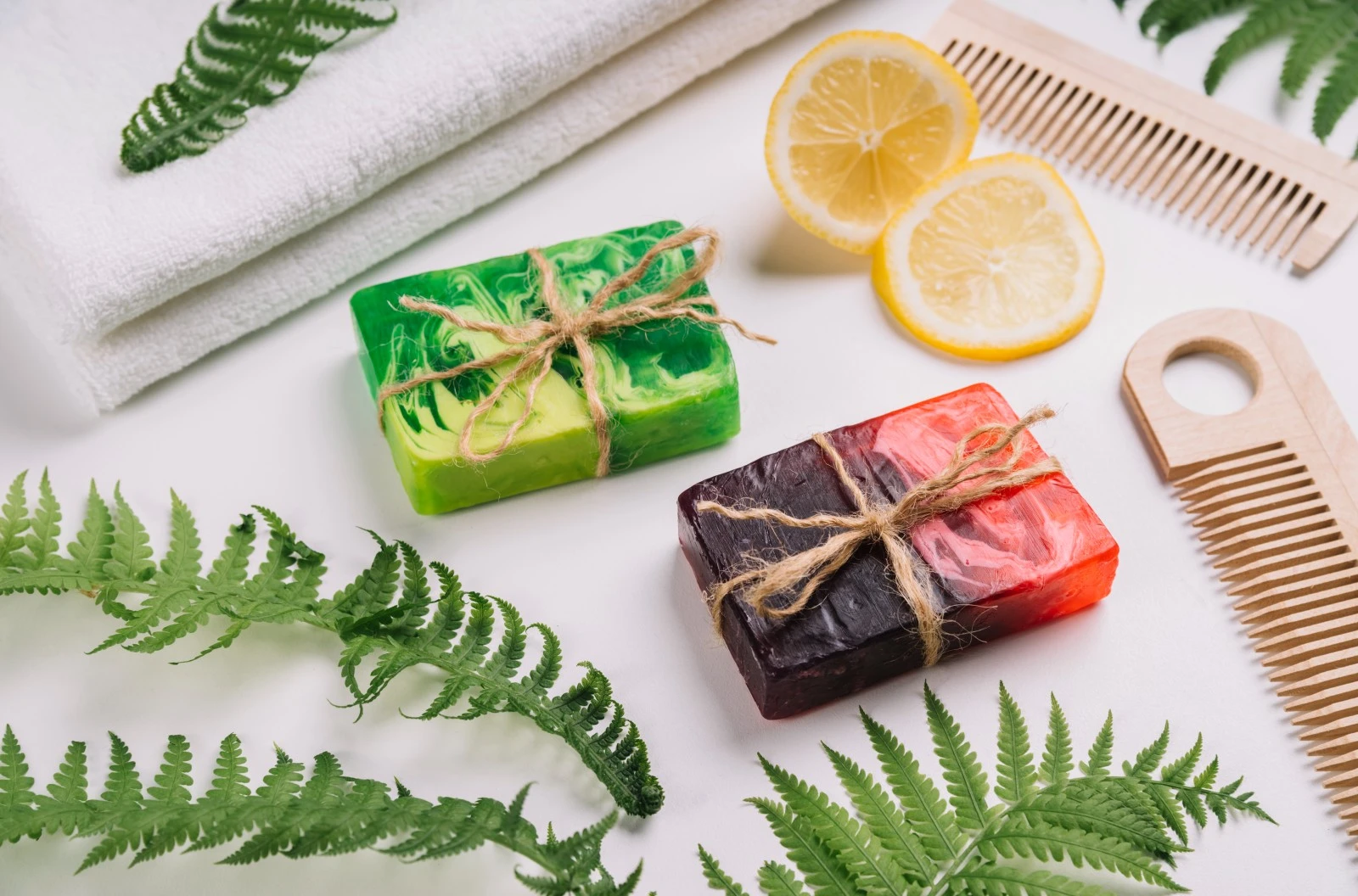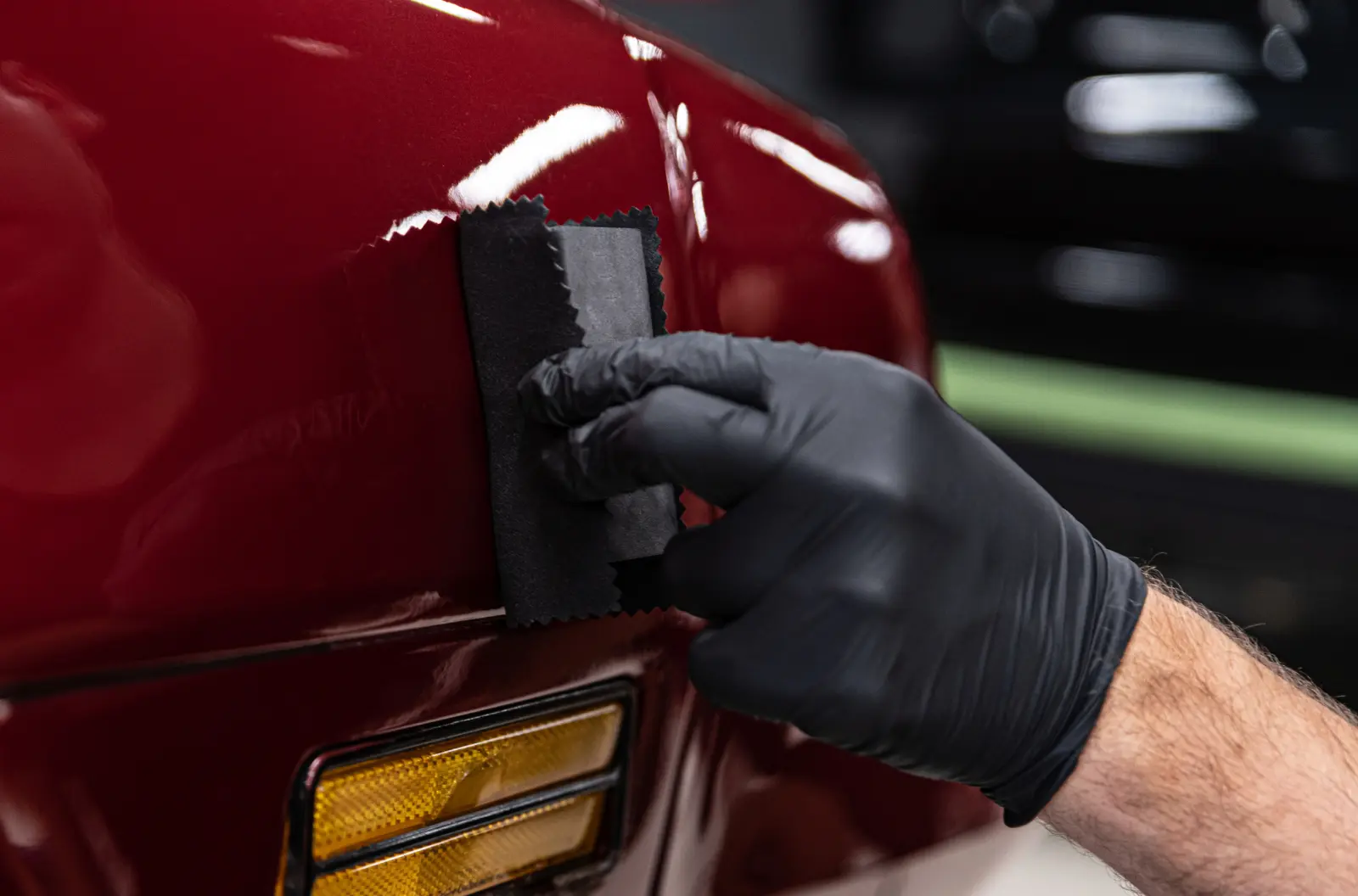Clays: Commonly used clays like kaolin, bentonite, and French green clay not only impart rich colors but also offer detoxifying properties and a silky texture to the soap.
Herbs and Spices: Turmeric, cinnamon, and alkanet root provide vibrant hues while contributing their natural properties to the soap. For example, turmeric offers anti-inflammatory benefits, making it a popular choice for skincare products.
Botanicals: Beetroot powder, spirulina, and annatto seeds are used not only for their coloring capabilities but also for their health benefits, such as antioxidants and vitamins.
These natural options are particularly appealing for soap makers aiming to produce products with organic or all-natural labels. However, the intensity and stability of their colors can vary depending on factors like pH levels and light exposure.
Synthetic colorants include mica powders, oxide pigments, and lab-created dyes, known for their brilliance and consistency.
Mica Powders: These offer a shimmering effect and come in a wide range of colors. They are popular in soap making for their ability to create eye-catching designs that do not bleed between layers.
Oxide Pigments: These are stable in high pH environments and provide strong opaque colors, making them suitable for bold and vibrant soap designs.
Synthetic Dyes: These can achieve a wide spectrum of colors, from pastels to neon brights, with uniform coloration throughout the soap batch.
While synthetic colorants provide vibrancy and consistency that natural colorants sometimes lack, they may not be the best choice for those looking to market purely natural or organic products.
The choice between natural and synthetic colorants often comes down to the desired outcome and target market of the soap maker. Natural colorants are best for those prioritizing eco-friendly and skin-safe products without intense color requirements. On the other hand, synthetic colorants are ideal for achieving bright, vivid colors and intricate designs in soap making.
Cost implications also play a role, with natural colorants sometimes being more expensive and less predictable in terms of color stability compared to their synthetic counterparts. The ease of use also varies; synthetic colorants typically offer more control and predictability during the soap making process.
Understanding the different types of colorants available and their respective benefits helps soap makers choose the best options for their specific projects, balancing between natural appeal and vibrant aesthetics.
Incorporating colorants into soap-making can transform a simple bar of soap into a vibrant work of art. The techniques and methods used can vary depending on the type of colorant and the desired effect. Here are some common techniques and tips to achieve the best results when using colorants in your soap projects.
Mixing with the Base: The simplest way to add color to soap is by mixing the colorant directly into the soap base before it sets. This method ensures an even distribution of color throughout the soap. For melt and pour soaps, add colorant to the melted base and stir thoroughly before pouring into molds.
Creating Swirls: To create swirls, divide the soap base into separate containers and mix a different colorant into each. Pour the colored bases into the mold in layers or side-by-side, and then use a skewer or spatula to gently swirl the colors together. This technique is ideal for achieving a marbled effect.
Layering: For a layered look, color each layer of soap separately. Allow each layer to slightly set before carefully pouring the next layer on top. This method requires precise timing to ensure that the layers adhere to each other without blending.
Pre-dissolve Colorants: For even dispersion, pre-dissolve powdered colorants in a small amount of oil or water, depending on their solubility. This prevents clumping and ensures a smoother color in the final product.
Monitor Temperature: Certain colorants can react to high temperatures, which might alter their color during the saponification process. Keeping the soap mixture cool can help maintain the integrity of some heat-sensitive colorants.
Consider pH Sensitivity: The pH of the soap can affect certain colorants, particularly natural ones. For instance, some natural colorants may fade or change color in high pH environments typical of cold process soap making. Testing small batches first can help predict the final outcome.
Use Stable Colorants: Especially for cold process soaps, use colorants known for their stability in high pH environments. Micas and oxide pigments are generally stable, while some organic colorants may fade.
Add at Trace: When making cold process soap, add your colorants at trace. This timing allows for easier blending and more control over the design before the soap mixture hardens.
By mastering these techniques and tips, soap makers can enhance their creations with vibrant colors and intricate designs, making each bar visually appealing and unique. Whether using natural extracts or synthetic dyes, understanding how to properly integrate colorants into soap making is key to achieving beautiful and consistent results.
Range of Colorants: At Rawsource, we offer both natural and synthetic colorants, ensuring you have access to a variety of shades and effects. From earthy clays and botanical powders to vibrant micas and oxide pigments, our products meet diverse aesthetic and functional needs.
Quality and Safety: All colorants provided by Rawsource are sourced with an emphasis on quality and safety. They are tested to ensure they perform exceptionally well in soap bases, maintaining their color integrity and consistency through the soap curing process.
Expertise in Colorants: Leveraging years of experience in the soap-making industry, Rawsource understands the nuances of different colorants and their applications. Our experts are available to guide you in selecting the right colorants for your soap projects.
Competitive Pricing: We offer competitive pricing on all our colorants, providing both affordability and quality. Bulk purchasing options are also available for larger operations, helping you manage costs while scaling production.
Fast and Reliable Shipping: Knowing that timely delivery is crucial for maintaining your production schedules, Rawsource ensures that all orders are processed promptly. We provide reliable shipping services that help you get your colorants when you need them.
By choosing Rawsource for your soap colorant needs, you’re opting for a supplier that not only provides a broad range of high-quality products but also values customer satisfaction and support. Explore our website today to find the perfect colorants to bring your creative soap designs to life.





